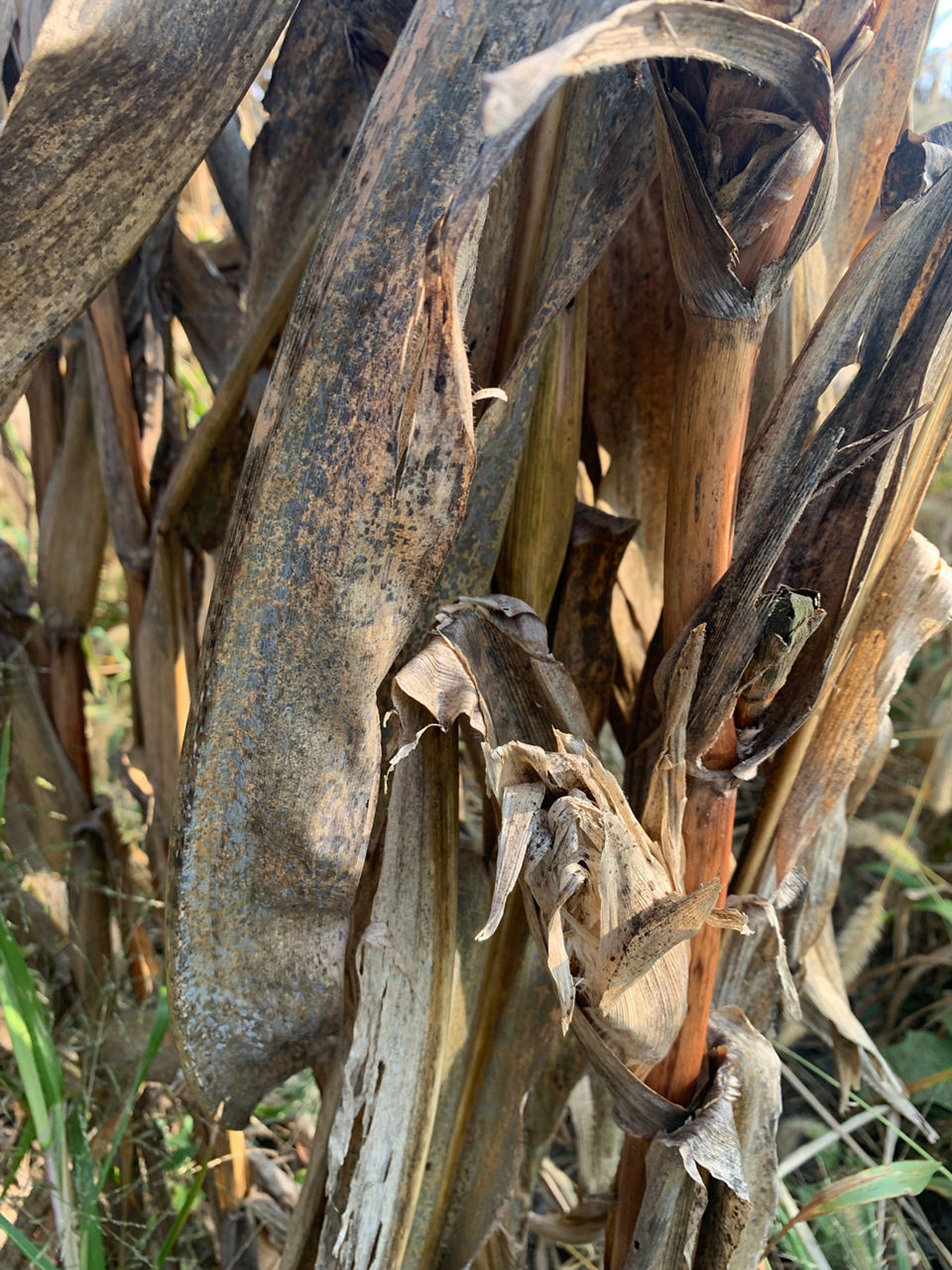How Does Saprophytic Fungi Affect a Corn Crop?
August 1, 2024
Bacterial, viral, and fungal organisms can be found in corn fields across the Corn Belt. Some are pathogens, some are symbiotic, and some have little to no effect on corn production. We can think of the saprophytic fungi as a helper organism that colonizes dead corn tissue to help break down crop residue and turn it into nutrients for future crops. Without these “helpers”, high yield corn production would be more difficult as residue would pile up between cropping years and available soil nutrients would be short as residues wouldn’t return them to the soil solution nutrient pool.
So, what causes these saprophytic fungi to occur in our corn fields? There are an uncountable number of spores laying in the soil and on the residue waiting for favorable propagation conditions which allows them to multiply exponentially and spread across the field. Generally warm, wet, foggy weather can kickstart saprophytic fungi during the grain fill period in the corn lifecycle. As lower leaves begin to shut down, they provide a perfect environment for saprophytic fungi to set up camp. Pathogenic leaf diseases can flourish at the same time as these saprophytic fungi start to appear and some may mimic these diseases. For example, tar spot (TS) lesions resemble saprophytic fungi lesions (Figures 1 and 2). Saprophytic fungi have fuzzy margins, can be rubbed off the corn leaves, and turn your clothes black while TS has clear, sharp margins and doesn’t come off the leaves when rubbed.


When choosing which corn products to plant, there are a couple of things that can be done to help reduce the amount of saprophytic colonization. Planting corn products with longer relative maturities (RM), good late season plant health, or delaying the planting of shorter RM corn products to the last part of the planting season can help to reduce the amount of saprophytic fungi colonization. Without the presence of other pathogenic diseases such as TS, northern corn leaf blight (NCLB), gray leaf spot (GLS), anthracnose leaf blight (ALB), anthracnose stalk rot (ASR), or Fusarium stalk rot (FSR), spraying a fungicide for saprophytic fungi is not part of an Integrated Pest Management (IPM) plan as they cause little to no drag on yield potential.
Harvest considerations would include keeping combine cabin filters clear of dust daily and the wearing of an N95 mask when in the presence of the dust. The dust may cause a sore throat, hacking cough, chest tightness, headaches, high fever, muscle aches, and other flu like symptoms (Figure 3). Those with respiratory conditions like asthma or COPD should avoid these situations.

Should you have further questions on this topic or any other agronomic topic look no further than your nearest Channel® Brand Seed Professional. They are committed to helping you grow more bushels with agronomic advice and premium genetics and traits using our corn and soybean portfolios.
Channel Agronomist
John Goeden
Sources
Robertson, A. 2023. Why is my corn black? Integrated Crop Management. Extension and Outreach. Iowa State University. https://crops.extension.iastate.edu/blog/alison-robertson/why-my-corn-black-0
Peltier, A. and Stahl, L. 2023. Mind the moldy dust during harvest. Minnesota Crop News. University of Minnesota Extension. https://blog-nwcrops.extension.umn.edu/2023/10/mind-moldy-dust-during-harvest.html
Web sources verified 6/28/24. 1110_430837
Seed Brands & Traits
Crop Protection
Disclaimer
Always read and follow pesticide label directions, insect resistance management requirements (where applicable), and grain marketing and all other stewardship practices.
©2024 Bayer Group. All rights reserved.